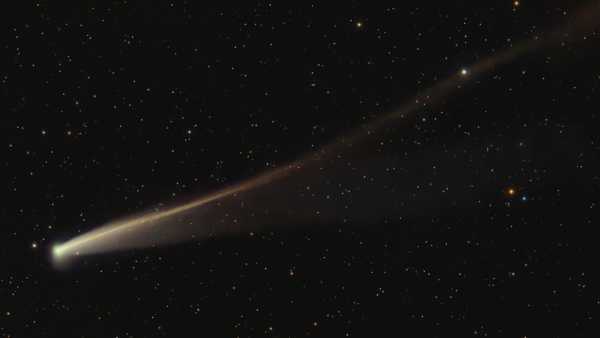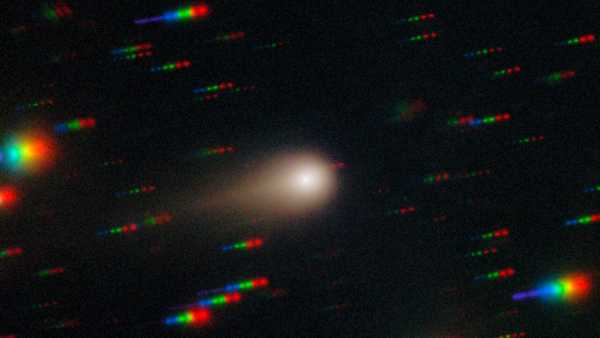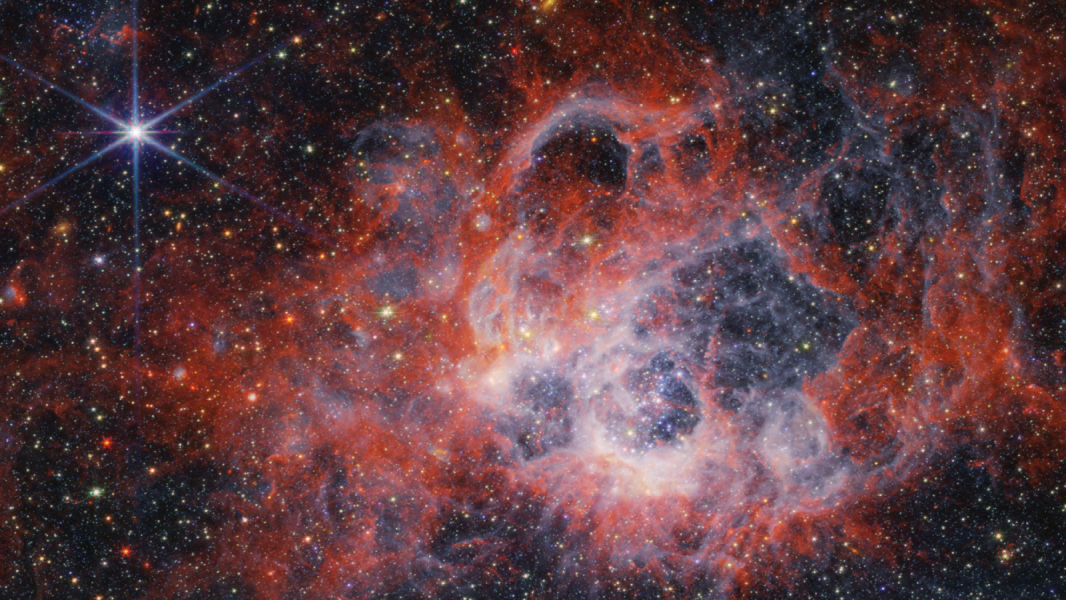
The James Webb Space Telescope has captured a star-forming region in the Triangulum Galaxy. New data from Webb show that galaxies can suddenly “pause” star formation even in the earliest stages of the Universe. (Image credit: NASA, ESA, CSA, STScI)
Astronomers have found more than a dozen “sleeping” galaxies in which star formation was suspended during the first billion years after the Big Bang.
The discovery, made using data from the James Webb Space Telescope (JWST), illuminates an intriguing period in the lives of early galaxies and could provide additional insights into their evolution.
There are several factors that can cause galaxies to stop creating new stars. One is the presence of supermassive black holes at their centers. These huge structures emit powerful radiation that heats and depletes the cold gas that is key to star formation. In addition, larger nearby galaxies can expel this cold gas or heat it up, causing star formation to cease. As a result, such galaxies can remain dormant indefinitely, or “die out.”
You may like
-
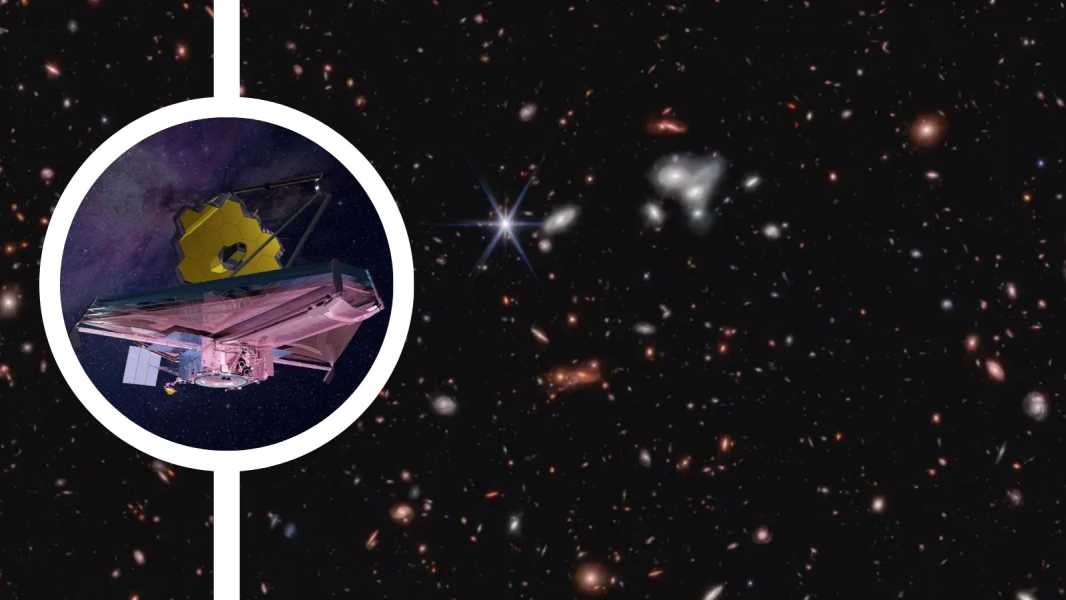
James Webb Space Telescope Captures Sharp Growth of Galactic Black Holes at 'Cosmic Noon'
-
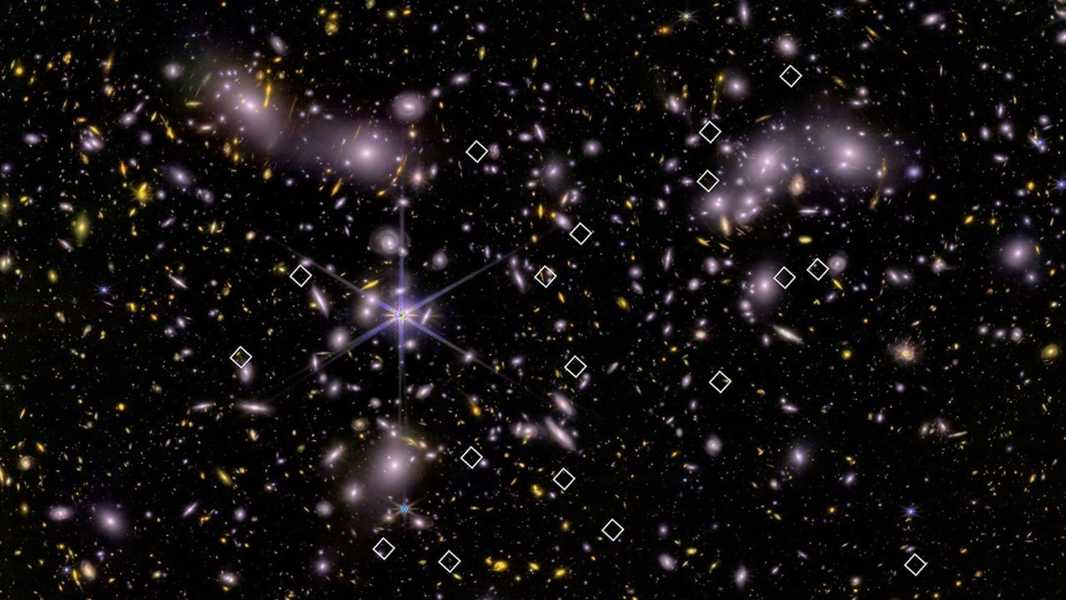
James Webb Telescope Discovers Tiny Galaxies That Could Have Changed the Universe
Sourse: www.livescience.com



